Instapak and Ethafoam Assist in Transporting Space Shuttle Trainer
Last updated on

ELMWOOD PARK, N.J. (July 17, 2012) – Sealed Air protective packaging experts are no strangers to the process of safely transporting valuable and sometimes priceless objects, such as the world’s most completed reticulated dinosaur fossil, which they assisted with safely transporting in 2008. Now these packaging experts have consulted and assisted on a project that is a “giant leap” beyond a dinosaur fossil – the simulator used by NASA to train astronauts in the space shuttle program since the 1970s.
Following the end of the space shuttle program in August of 2011, the Seattle Museum of Flight was chosen as the permanent home for the Full Fuselage Trainer (FFT). This meant the wooden simulator weighing a total of nearly 25,000 pounds would require transport from Johnson Space Center in Houston, Texas to Seattle. The FFT’s three engine-bell replicas were trucked to Seattle in wooden crates on the same 52-foot long trailer in April of 2012. The safe transport of the 24-foot long crew compartment would, however, prove more complex. The crew compartment, which is the part of the trainer most closely resembling the real shuttle, would have to be transported via air in NASA’s Super Guppy, a plane designed to carry outsized cargo.
Once a transportation method was confirmed, the next step was figuring out the best and safest way to protect the valuable crew compartment during transit. “Our company is known for protecting what’s important, including some of the world’s most valuable artifacts,” said David Hagood, Sealed Air Protective Packaging technical lead on the FFT crew compartment project.
“We were excited to use our expertise in packaging design and materials performance to tackle a project like this. It’s a pretty big deal when you think that the trainer was used to train every astronaut in the shuttle program’s history.”
The packaging process took place at a facility close to Houston’s Ellington Field after the crew compartment was moved from the Johnson Space Center at the end of May 2012. In a two Sealed Air Protects Space Shuttle Trainer day period, Sealed Air experts used more than 30 fabricated Ethafoam® military grade polyethylene foam blocks and more than 500 pounds of Instapak® polyurethane foam to create the proper cushioning design to safely protect the trainer. The 12-inch by 12-inch military grade Ethafoam blocks were specially designed at Sealed Air’s Grand Prairie, Texas facility and were placed on a grid to line the metal basket engineered by NASA to hold the trainer. After the blocks were positioned on the grid, two cranes lowered the trainer’s crew compartment into the basket and held it while the Sealed Air team spent the next four hours positioning the Instapak® GFlex® foam-in-place solution on the sides and back of the trainer. Instapak® foam-in-place solutions were then used to fill any remaining voids and to protect the nose of the compartment.
The well-protected trainer arrived safely in Seattle on June 30, ready for full reassembly and display in the Museum of Flight’s Charles Simonyi Space Gallery. Unlike the retired space shuttles themselves, which must be displayed out of reach of the public, museum attendees will be allowed to step inside the trainer to experience the simulated interior of the space shuttle.
“We are honored to be involved in protecting such a significant part of U.S. and world history,” said Hagood. “We appreciate that Sealed Air is associated with dependable expertise when it comes to customized protective solutions. We hope our customers can look at this and realize we have the same people and solutions working to protect their products as well.”
“The crew compartment arrived in excellent condition,” said Museum Public Relations Manager Ted Huetter. “We were able to remove the packaging and put the artifact on display in the Space Gallery the same day it arrived.”
In addition to providing the Museum of Flight a showpiece attraction, the shipment of the simulator represents a sustainability achievement. Not only will the simulator be re-used for educational purposes, but all of the Sealed Air materials used to protect it during shipment will be recycled at Sealed Air facilities in Fort Worth and Grand Prairie, Texas.
About Sealed Air
Sealed Air is a global leader in food safety and security, facility hygiene and product protection. With widely recognized and inventive brands such as Bubble Wrap® brand cushioning, Cryovac® brand food packaging solutions and Diversey™ brand cleaning and hygiene solutions, Sealed Air offers efficient and sustainable solutions that create business value for customers, enhance the quality of life for consumers and provide a cleaner and healthier environment for future generations. On a pro forma basis, Sealed Air generated revenue of $8.1 billion in 2011, and has approximately 26,300 employees who serve customers in 175 countries. To learn more, visit www.sealedair.com
Most Popular Related Items
About VoidFillPackaging.com
Welcome to Void Fill Packaging, a site that showcases packaging systems, talks about packaging products, and what’s new in the industry. We provide a place for product research, discovery and discussion. Take a look around and be sure to stop by again to see whats new!From Around The Web
-
Amazon’s Distribution Center Utilizes High Tech Robots
This is a great video showing the automation at...
-
How Does Sealed Air Make Bubble Wrap?
Bubble Wrap has been protecting products and providing popping...
-
Wipeout Battle in Celebration of Bubble Wrap Appreciation Day!
Lets face it. This product is a little easier...

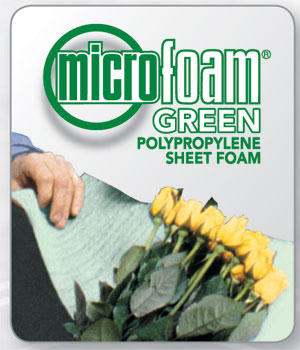
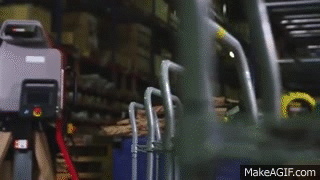
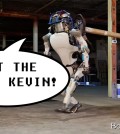
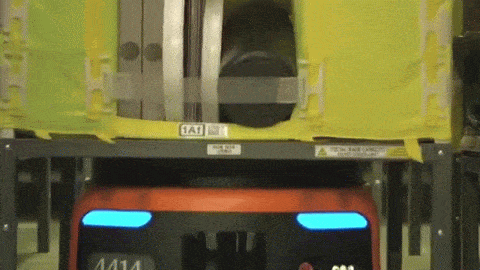
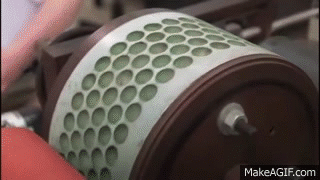
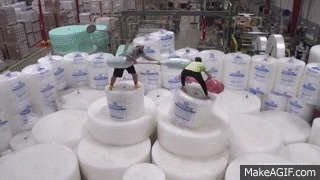
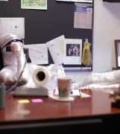
The pulse of the packaging community